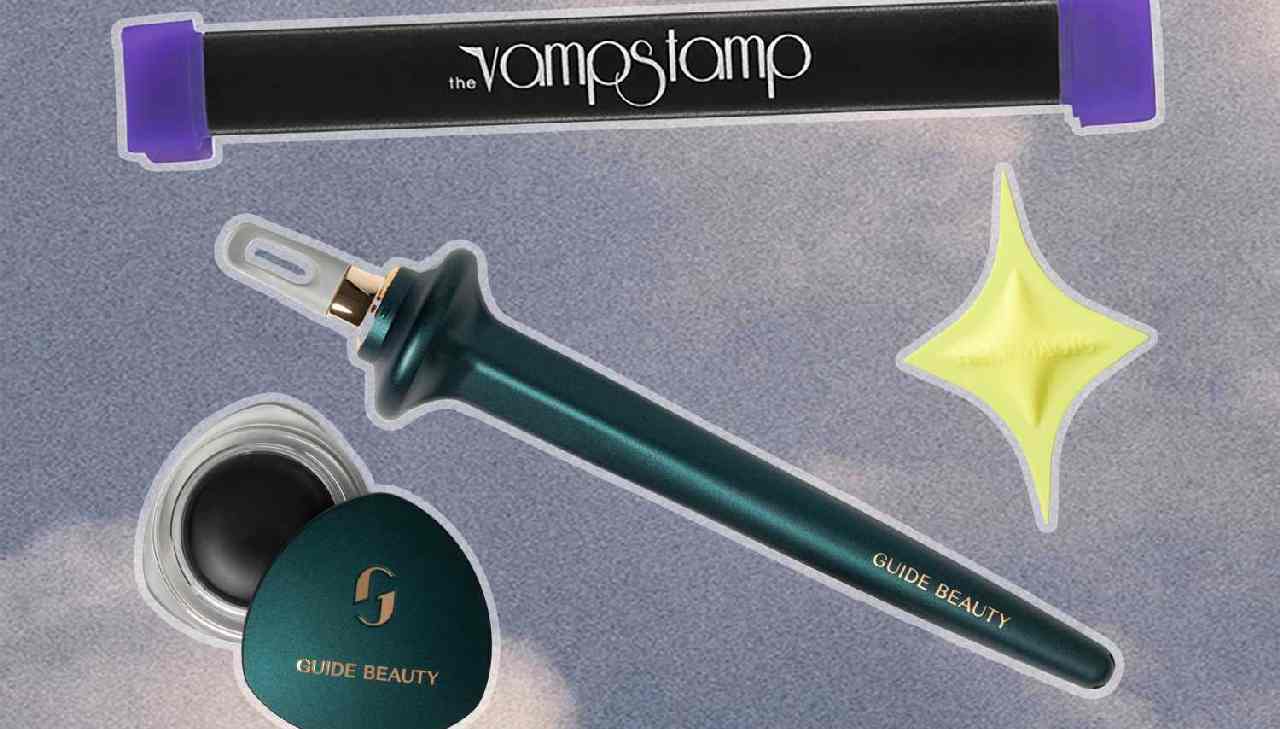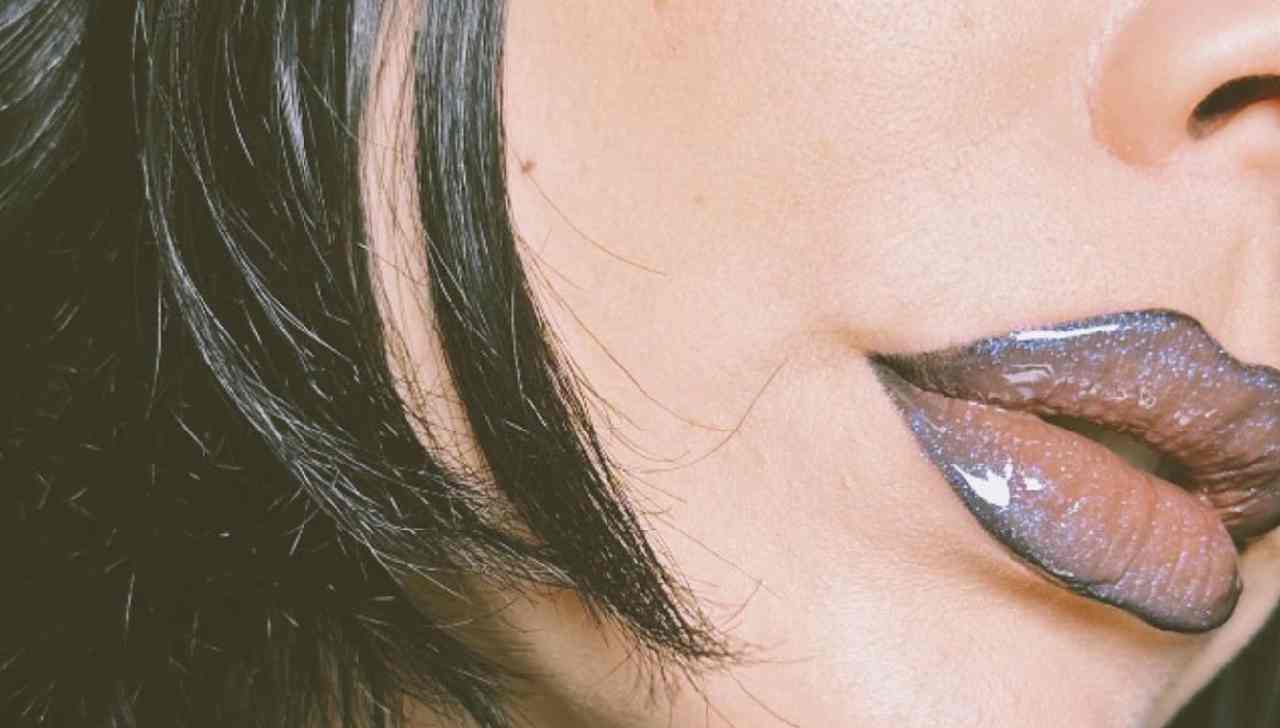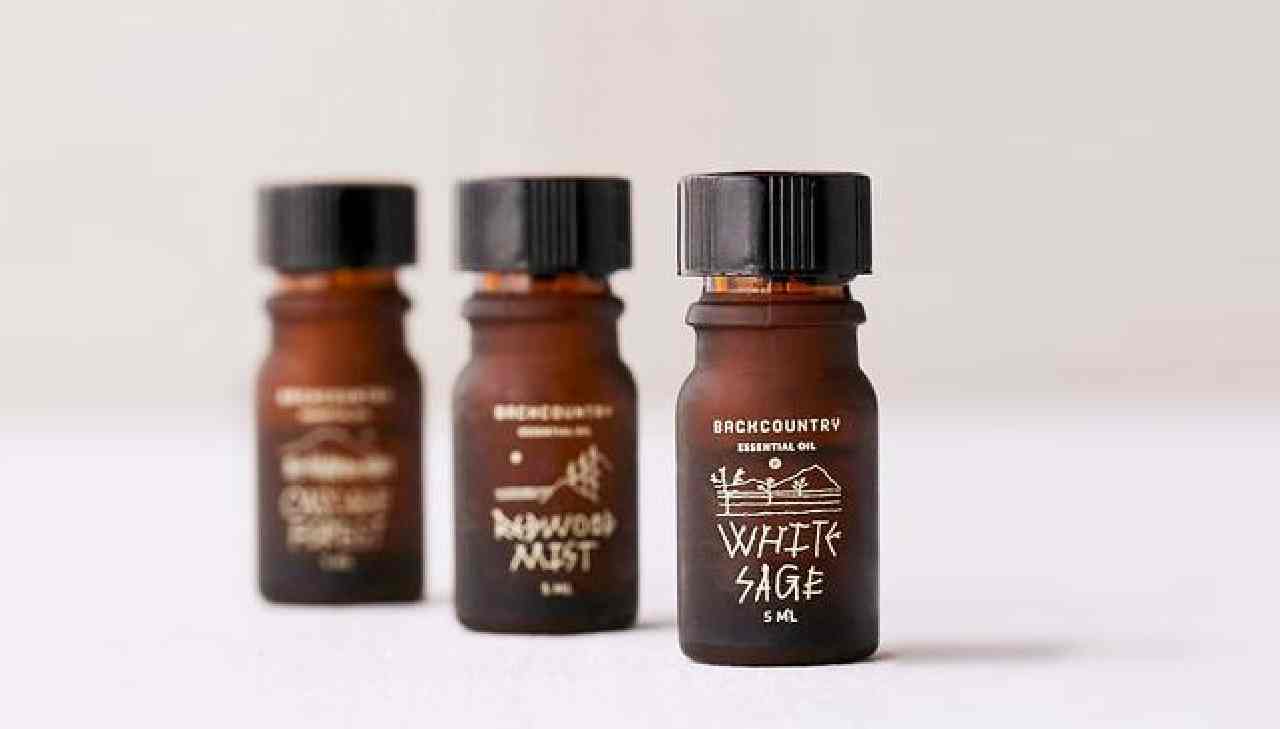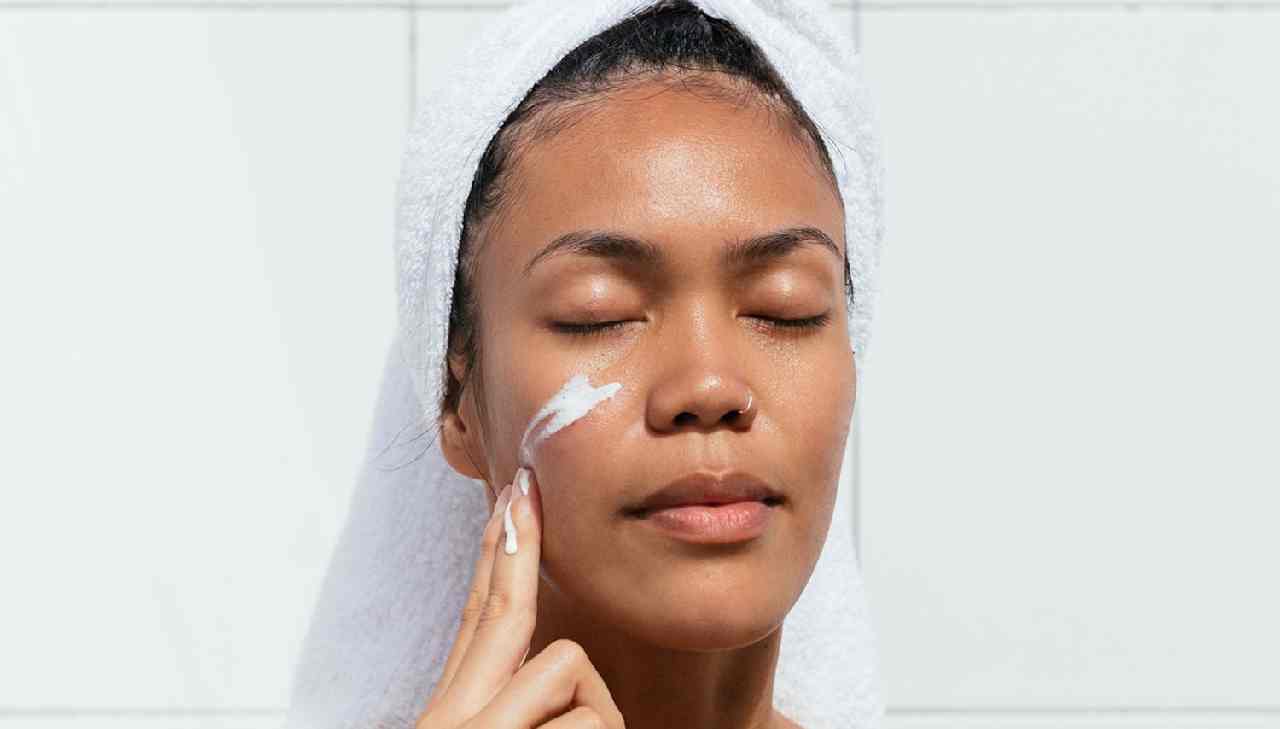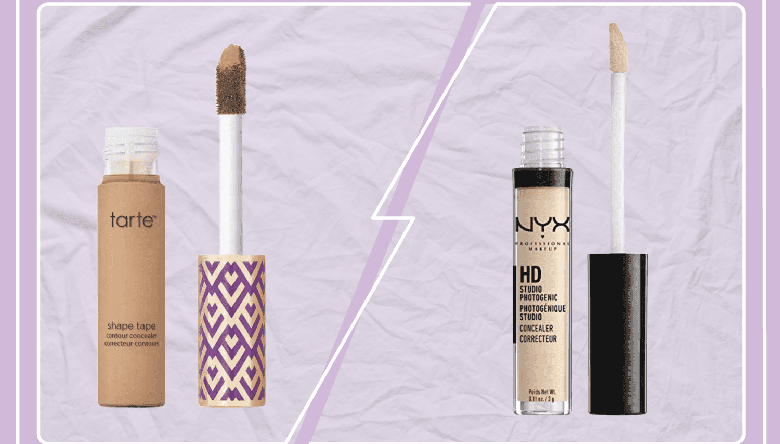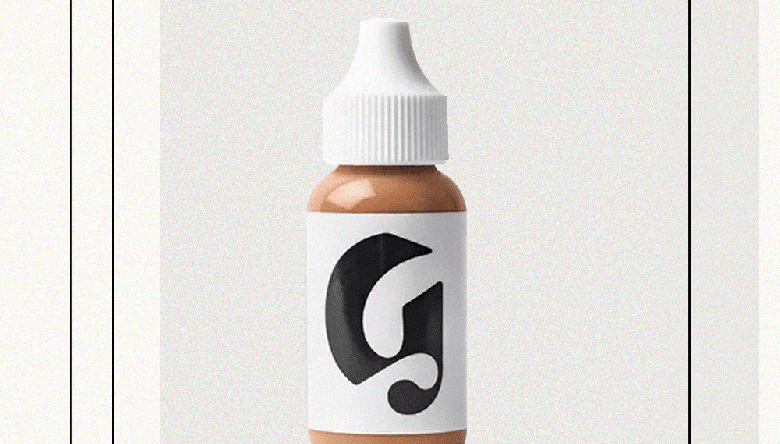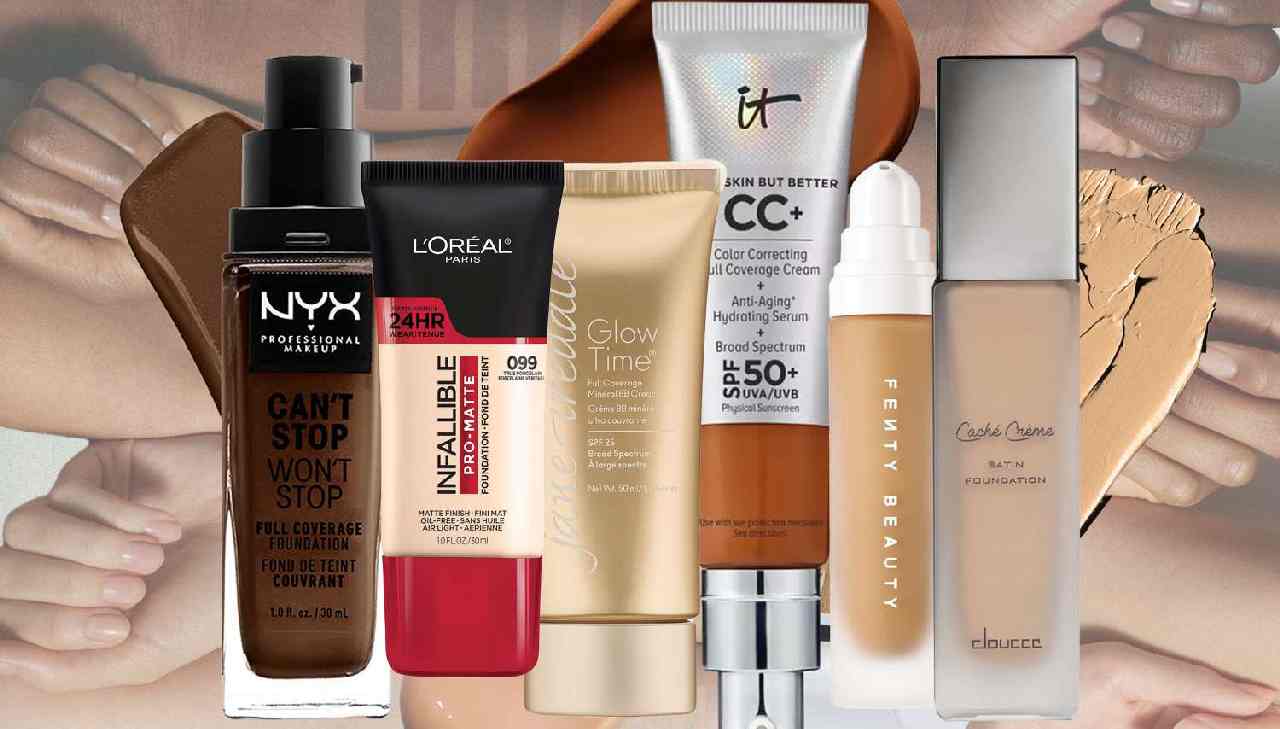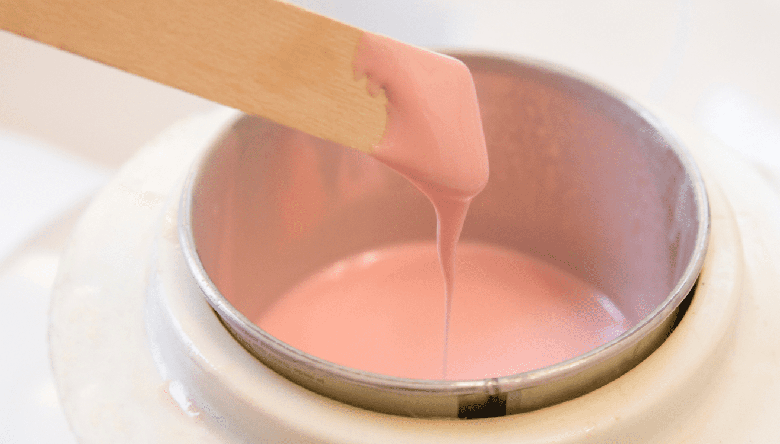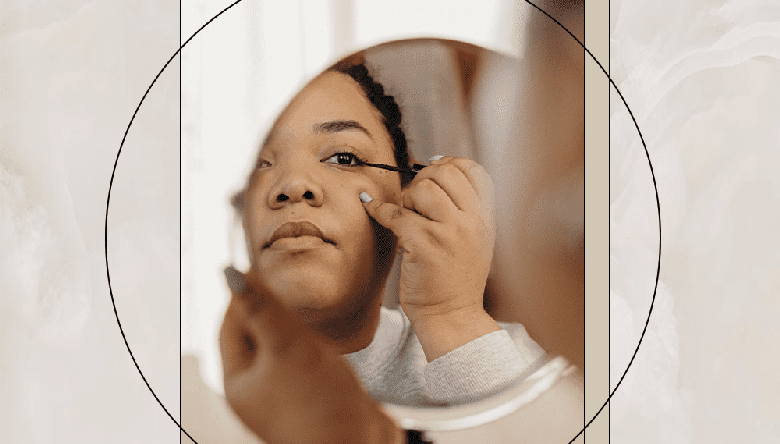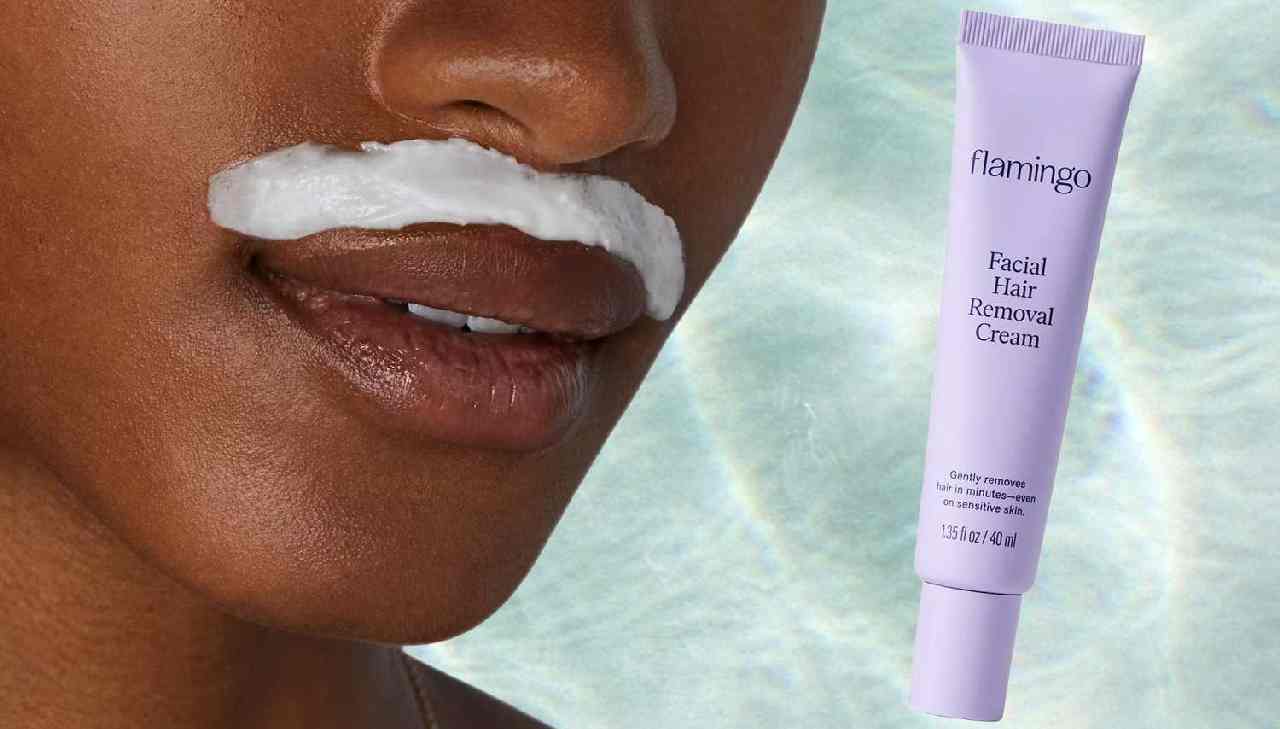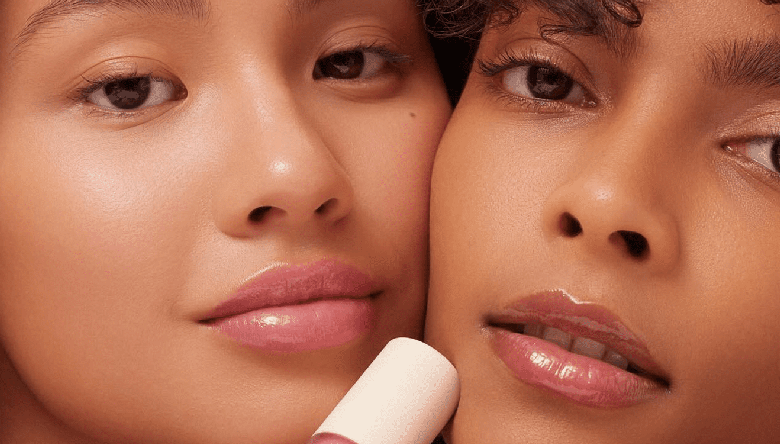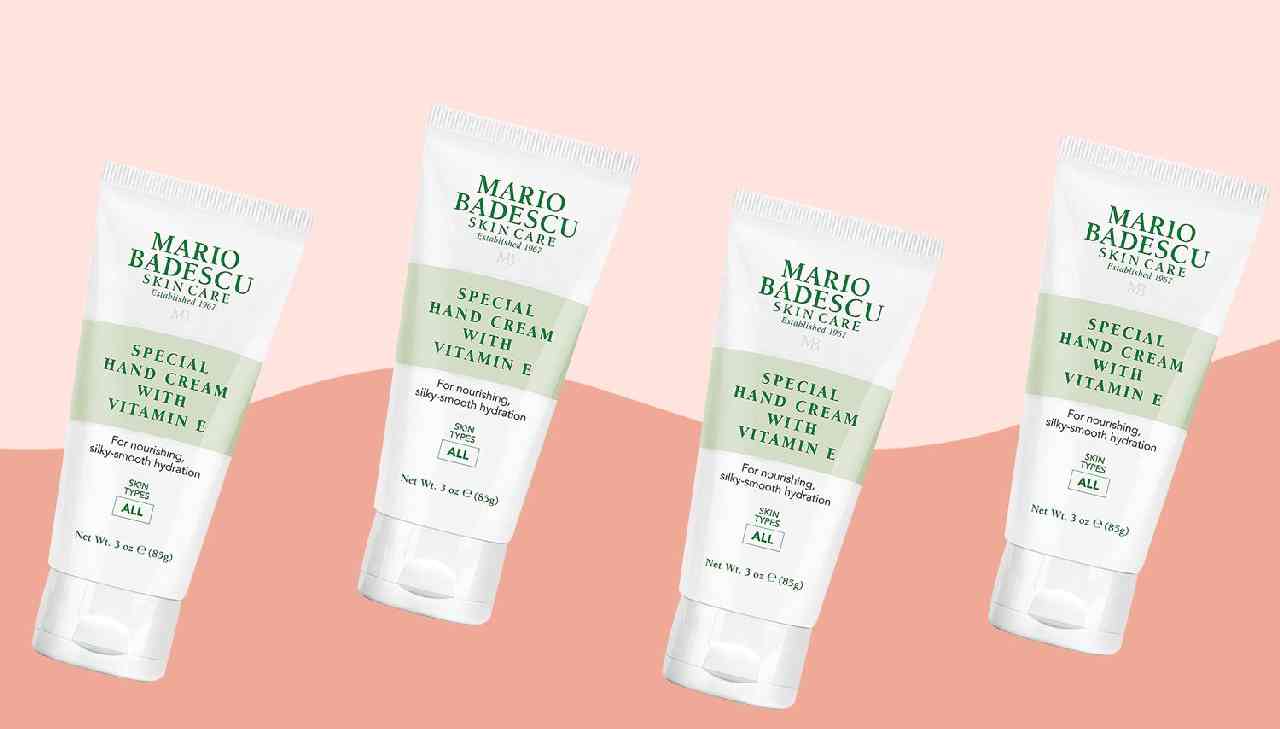What Is “Typical” Skin Specifically, and Does Any individual Actually Have It?

A number of years back, when esthetician Renée Rouleau identified I was a # 6 mix skin kind utilizing her nine-part analysis skin kind examination, I seemed like I all of a sudden recognized a fundamental part of my identification. I remained in the combo-skin club, and together with my fellow participants, I might lament the tests of having actually both dried out skin and a glossy T-zone, while completely dry skin and oily skin kinds might bond with their particular charter member and exchange suggestions regarding what items function best for them. It’s terrific to have allies in the mission for problem-free skin. Nevertheless, amongst the major skin kinds, there has actually constantly been one mystical group whose charter member stay so evasive to me that I had not been also certain they existed: I’m speaking about “regular” skin.
You see this expression, “regular skin kind,” throughout the globe of skin care: on item packaging and guidelines, in short articles supplying skin care suggestions. And yet, as typical as it is to check out “regular” skin, I do not recognize a bachelor that determines by doing this. And also, because “regular” is a subjective word, not a detailed one like completely dry or oily, you need to question: What is “regular” skin anyhow? Is bursting out or obtaining completely dry spots not “regular?” If it isn’t, does any person truly have “regular” skin? And in any case, does this skin kind probably should have to be relabelled?
What Is “Typical” Skin?
:max_bytes(150000):strip_icc()/cdn.cliqueinc.com__cache__posts__254264__normal-skin-type-254264-1523044213215-main.700x0c-577e222e45f048f7be3c1a9c241a82c2.jpg)
CeraVe.
Moisturizing Facial Cleanser for Typical to Dry Skin.
$ 15.00.
According to board-certified skin specialist Heather Woolery-Lloyd, maker of Particular Appeal, when brand names market their items to “regular” skin kinds, they’re normally guiding them at individuals that satisfy a couple of particular (excellent) standards: couple of to no imperfections, no level of sensitivity, minimally noticeable pores, and well balanced hydration degrees. People with this skin kind do not have a tendency to really feel completely dry or oily, they practically never ever burst out, and their skin care upkeep is quite simplistic.
Dr. Rhea Souhleris Grous, placed it merely: “Typical skin remains in equilibrium in regards to oil and water,” she discusses. “Consequently, it does not really feel also completely dry or also oily and is normally reduced upkeep.” Still, it is essential to keep in mind that outbreaks and completely dry spots are feasible in all skin kinds, and are not an unusual experience, Grous explains.
If you’re salivating at the idea of having such a skin kind, feel in one’s bones it’s not precisely typical. “In my 40 years of dermatology method, I discover most of individuals have some mix skin up till regarding 30, and most of individuals over 40 feel their skin is completely dry,” remarks board-certified skin specialist Loretta Ciraldo, owner of the recently released Dr. Loretta skin care line. “Be advised a lot of us do not have ‘regular’ skin.”.
“Typical” Skin and Skin Care
” Typical” skin isn’t simply uncommon, nonetheless– some specialists state it does not practically exist whatsoever. “In my dermatology method, I do not inform any person they have ‘regular skin,’ because this is not a scientific term, however rather it’s utilized as a standard in the summary of skin care items,” Ciraldo discusses. “For a skin care item, it describes individuals without significant issues; so, if your skin is delicate, rosacea-prone, oily, acneic, completely dry, or post-procedure, you might require to steer clear of from some items that state for ‘regular’ skin because there is a possibility that the item might exacerbate your skin disease.” By Ciraldo’s procedure, if you see words “regular” on a skin care tag, you (in some cases, not constantly) could consider it “a little a caution.”.
Grous states that items developed for skin without particular concerns might wind up being much more durable than prepared for. “Individuals with skin problem must be recommended correctly by a skin care service provider and be careful with what is ideal to make use of on their skin,” she discusses. “For instance, some ‘regular’ skin kinds can profit by utilizing a vitamin C lotion. Nevertheless, the exact same Vitamin C lotion could create outbreaks on oily acneic skin or oily rosacea skin.”.
:max_bytes(150000):strip_icc()/cdn.cliqueinc.com__cache__posts__254264__normal-skin-type-254264-1523049662419-image.700x0c-398124cafda54d8aab2bba7282f3cc18.png)
The various other significant trouble with the term “regular” is that it isn’t particular sufficient to assist any person pragmatically determine what items and practices would certainly function best for their skin wellness. With her people, Woolery-Lloyd typically makes use of the Baumann Skin Inputting System, a collection of concerns to identify one’s skin kind and problem out 16 various alternatives. The groups in this system consist of oily versus completely dry, delicate versus immune, pigmented versus non-pigmented, and wrinkled versus limited. Due to the fact that this analysis is much more particular, it’s additionally much more precise, providing a tag as obscure as “regular” missing. “Utilizing this system, for instance, my ‘regular’ skin is really DRPT (dry/resistant/pigmented/ limited),” states Woolery-Lloyd.
The Last Takeaway
The lower line is this: If you’re major regarding boosting your skin wellness and obtaining a genuine medical diagnosis, obtaining a medical diagnosis from a certified skin specialist to determine your special requirements is your ideal choice. “All skin kinds have job to do, to preserve gorgeous healthy and balanced skin,” Grous states. “When recommending a person or customer, a specialist does not aim to remedy a hereditary skin kind however instead right or handle a skin problem,” she discusses.
It merely isn’t a concentrated or outlined sufficient summary and, therefore, purposeless. And also, words itself scrubs several skin specialists the upside-down. “I do believe it is a little strange to state ‘regular’ skin because the reverse of regular is irregular, which is type of unfavorable,” Renée Rouleau states. Still, Grous states that hereditary skin kinds should not be evaluated, consequently we must recognize the difference in between skin kinds we can not alter, skin problem we intend to handle, and skin requirements established by culture.


 English
English 




































